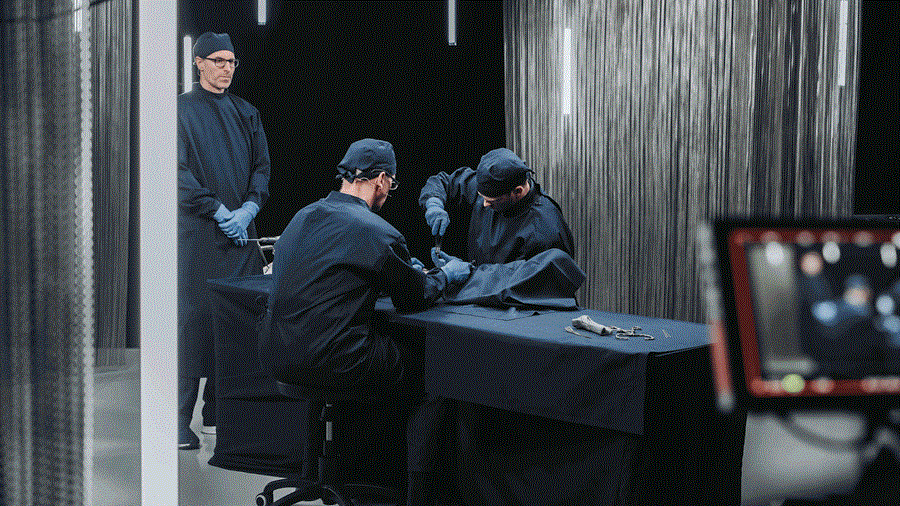Educational videos to resonate across generations

The AO Foundation has been using video for surgical education since the 1970s, evolving from early 30-minute demonstrations to today's diverse formats.
Starting in 2023, and with the support of AO Innovation Funding (Strategy Fund), an eleven-month proof of concept project, led by AO Trauma Faculty Member Tobias Fritz in collaboration with the AO Education Institute (AO EI) and RIMASYS, has looked into the expansion of formats and applications of surgical videos for educational purposes. By producing multichannel cinema-quality video content, the team created source material for various learning contexts.
"Today's surgical education must bridge generational divides," noted Matthias Schmidt, Head of Education Design at the AO Education Institute. "Younger learners expect experiences similar to social media, while we must maintain educational rigor."
As part of this project, Monica Ghidinelli, Manager Education Research at the AO EI, and Tobias Fritz conducted a study to evaluate the effectiveness of “reels”—short videos lasting around 60 seconds—in surgical education, focusing on orthopedic and trauma surgeons.
"To remain relevant, surgical education must evolve alongside consumption habits. Our research shows that formats familiar from digital platforms drive engagement, but we balance this with educational depth. The challenge isn't creating shorter content—it's delivering comprehensive knowledge in formats that resonate across generations," said Schmidt.
Two reels were produced: "Steps to Gain Access to the Sciatic Nerve" and "Dissect the Piriformis Muscle to Gain Access to the Posterior Wall." An evaluation questionnaire was answered by 178 surgeons from 55 countries. 96 percent of the participants found the educational reels clear and effective, with learning objectives achievement rated above 4.2/5. The participating surgeons reported using these videos primarily to refresh procedural knowledge (75.7%) and review anatomical structures (56.8%).
The pilot project confirmed that while format preferences vary by generation, educational value remains paramount. “Surgical education can easily be transferred using short video formats,” said Tobias Fritz. “Furthermore, using the engagement rate of such educational content will enhance the future education experience for the AO.”

